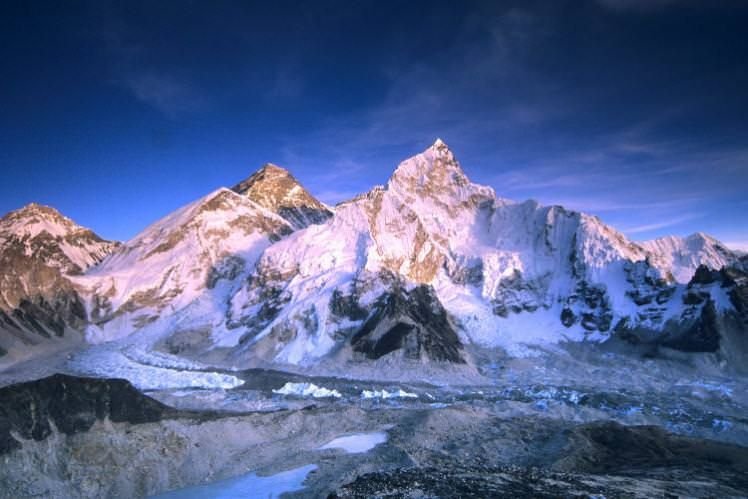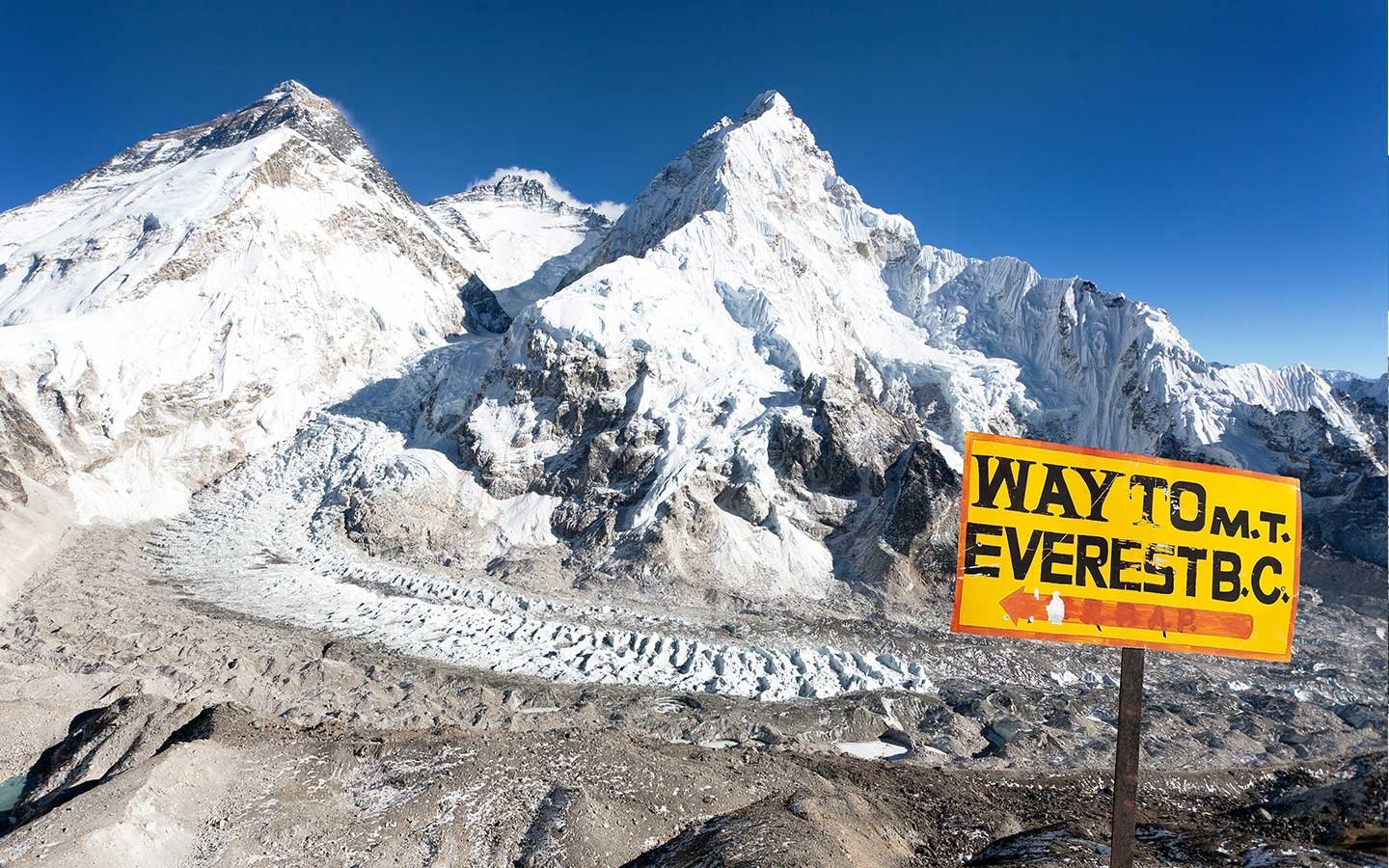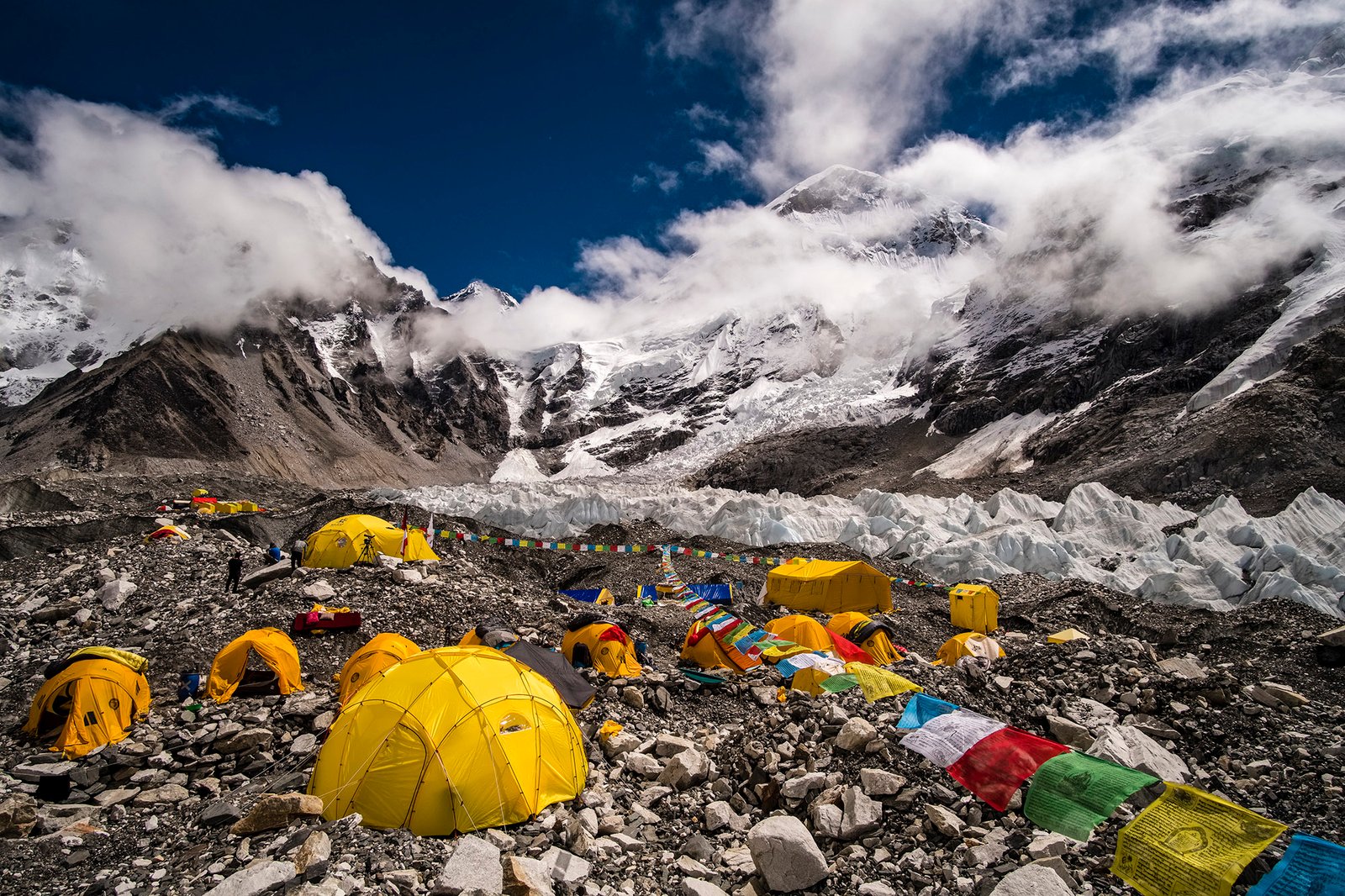High-altitude Hints: Travel Tips For Everest Base Camp

Everest Base Camp is a challenging yet rewarding destination for trekkers. Situated at an altitude of 5,364 meters (17,598 feet), reaching the base camp requires physical fitness, proper acclimatization, and adherence to safety precautions. Here are some valuable tips to ensure a safe and enjoyable journey to Everest Base Camp:

1. Acclimatization:

Gradually ascend to higher altitudes over several days to allow your body to adjust to the decreasing oxygen levels.
Include rest days in your itinerary to facilitate acclimatization and prevent altitude sickness.
Drink plenty of water and stay hydrated to combat dehydration and altitude-related health issues.
2. Health and Fitness:
Undergo a thorough medical checkup before embarking on the trek to ensure you are in good health and fit for the physical demands of the journey.
Engage in regular physical activity and endurance training to prepare your body for the strenuous trek.
3. Clothing and Gear:
Pack warm layers of clothing, including a windproof and waterproof jacket, fleece sweaters, thermal underwear, and a sleeping bag rated for low temperatures.
Bring sturdy hiking boots with good ankle support and traction, as well as trekking poles to assist with balance and stability on rugged terrain.
Carry a first-aid kit, a solar charger, a flashlight, and a whistle for emergencies.
4. Listen to Your Body:
Pay close attention to your physical condition and recognize signs of altitude sickness, such as headache, nausea, shortness of breath, and loss of appetite.
If you experience severe symptoms, descend to lower altitudes immediately and seek medical attention.
Take breaks when needed and avoid overexerting yourself.
5. Guided Trek vs. Independent Trek:
Consider booking a guided trek with a reputable tour operator. Guided treks provide professional guidance, support, and logistical arrangements, making the journey safer and more enjoyable.
If opting for an independent trek, meticulously plan your itinerary, obtain necessary permits, and arrange for accommodations and transportation in advance.
6. Respect Local Culture and Environment:
Respect the local culture and traditions. Dress modestly, especially when visiting religious sites or interacting with locals.
Dispose of waste properly and minimize your environmental impact by following Leave No Trace principles.
7. Be Prepared for Unpredictable Weather:
Pack a rain jacket and waterproof gear to cope with unpredictable weather conditions in the mountains.
Monitor weather forecasts and be prepared to adjust your itinerary if necessary.
8. Enjoy the Journey:
Embrace the experience and take time to appreciate the stunning scenery, diverse wildlife, and rich cultural heritage along the way.
Share stories, connect with fellow trekkers, and create memories that will last a lifetime.
Remember, reaching Everest Base Camp is a physical challenge that requires careful planning, preparation, and respect for the mountain environment. By following these tips, you can enhance your safety, maximize your enjoyment, and make the most of this extraordinary adventure.# High-altitude Hints: Travel Tips for Everest Base Camp
Executive Summary
This guide provides valuable travel tips and essential preparations for an unforgettable and safe journey to Everest Base Camp. Learn about the importance of acclimatization, proper clothing, necessary permits, and packing essentials.
Introduction
Reaching Everest Base Camp is a once-in-a-lifetime experience, offering breathtaking views of the world’s highest mountain. To ensure a successful and enjoyable trek, careful preparation and knowledge are crucial. Here are the top five tips to help you make the most of your Everest Base Camp adventure:
**1. Acclimatize Properly**
Acclimatization is key to preventing altitude sickness.
- Gradually ascend over several days.
- Rest and hydrate regularly.
- Avoid alcohol and tobacco.
- Monitor for symptoms of altitude sickness.
- Consult a doctor if symptoms worsen.
**2. Pack the Right Clothing**
The weather in the Everest region can be unpredictable.
- Pack layers for varying temperatures.
- Include waterproof and windproof gear.
- Don’t forget hats, gloves, and sunglasses.
- Wear comfortable and broken-in hiking boots.
- Pack a first aid kit for emergencies.
**3. Obtain Necessary Permits**
Permits are required for trekking in the Everest region.
- Apply for the TIMS card (Trekkers’ Information Management System).
- Obtain the Sagarmatha National Park permit.
- Check with local authorities for specific requirements.
- Carry copies of permits and other important documents.
- Comply with park regulations and guidelines.
**4. Pack Essential Supplies**
Certain items are indispensable for a successful trek.
- Bring a sturdy backpack with a comfortable fit.
- Pack a sleeping bag and sleeping pad for overnight stays.
- Include energy bars, snacks, and nutritious meals.
- Carry a refillable water bottle and purification tablets.
- Don’t forget a map, compass, and GPS device.
- Pack a power bank and necessary chargers.
**5. Be Prepared for Challenges**
The Everest Base Camp trek is physically demanding.
- Train adequately before embarking on the journey.
- Manage expectations and be prepared for setbacks.
- Listen to your body and take breaks when needed.
- Stay positive and embrace the challenges.
- Remember: slow and steady wins the race.
Conclusion
With careful planning, proper acclimatization, and the right gear, reaching Everest Base Camp is an achievable goal. Embrace the challenges, enjoy the stunning scenery, and create unforgettable memories that will last a lifetime.
Keyword Phrase Tags:
- Everest Base Camp Trek
- Trekking in Nepal
- Altitude Sickness Prevention
- Packing List for Everest Base Camp
- Tips for a Successful Everest Base Camp Trek
